In Patmos, the small, idyllic island in the Aegean Sea, there’s more than what first meets the eye.
This is the island where John the Apostle received the visions that would form the final book of the Bible—the Book of Revelation.
What is Patmos?
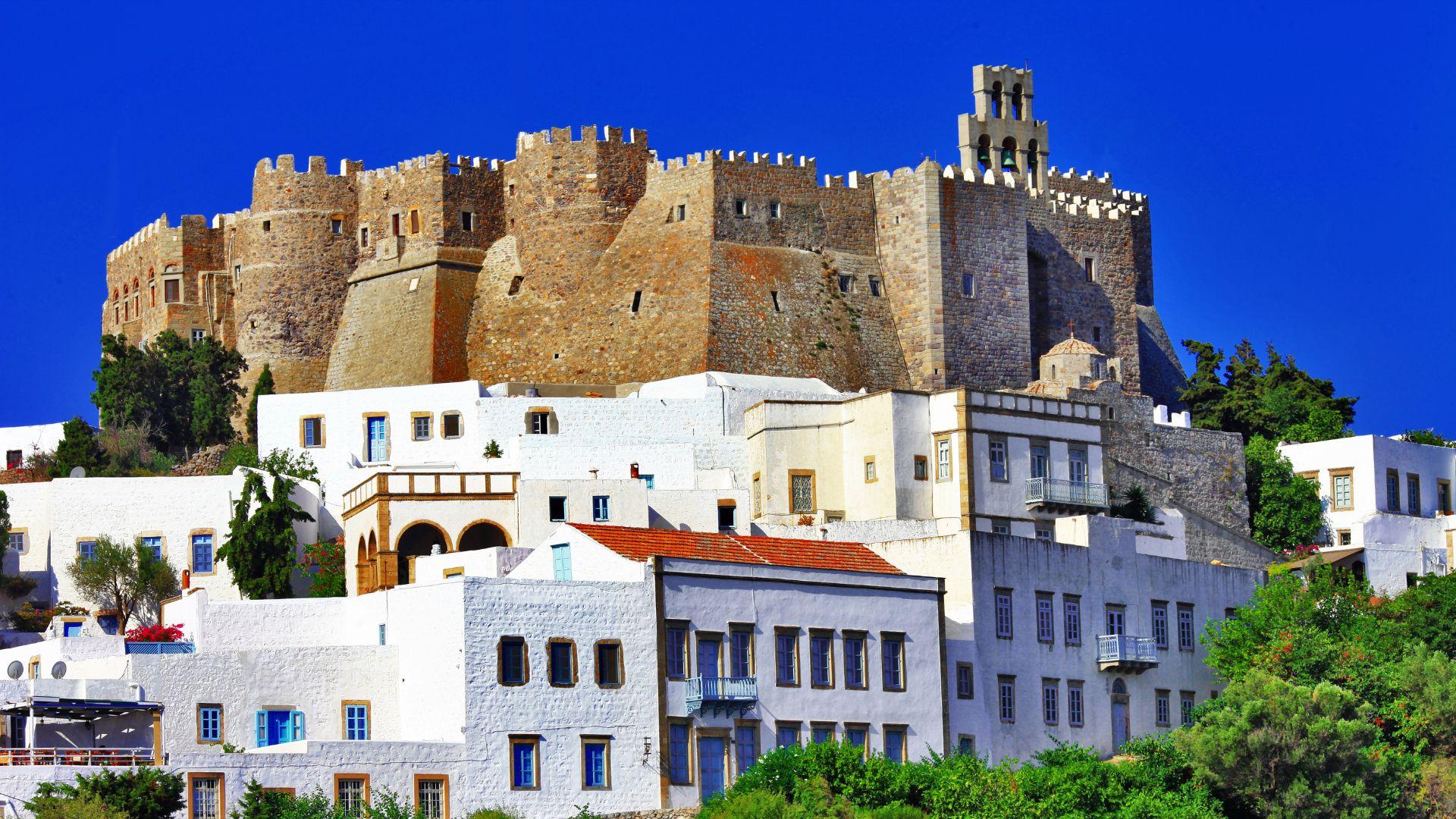
Patmos may only be 13 square miles, but it’s far from ordinary. Tucked away in Greece’s Dodecanese islands, this remote spot has become a magnet for religious pilgrims and travelers alike.
According to the Book of Revelations, it was against this background of whitewashed houses and crystal-clear waters that John the Apostle received his visions of fire and brimstone.
How Did John End Up in Patmos?

Around 95 AD, John the Apostle found himself on Patmos—not by choice, but by decree of the Roman Emperor Domitian. His crime? Spreading the teachings of Jesus, which was prohibited by the Roman authorities.
Exiled and isolated, John wrote Revelation, a text filled with visions of the end times. He wrote, “I, John, your brother who share with you in Jesus the persecution and the kingdom and the patient endurance, was on the island called Patmos because of the word of God and the testimony of Jesus,” (Revelations 1:9).
Where is Patmos?
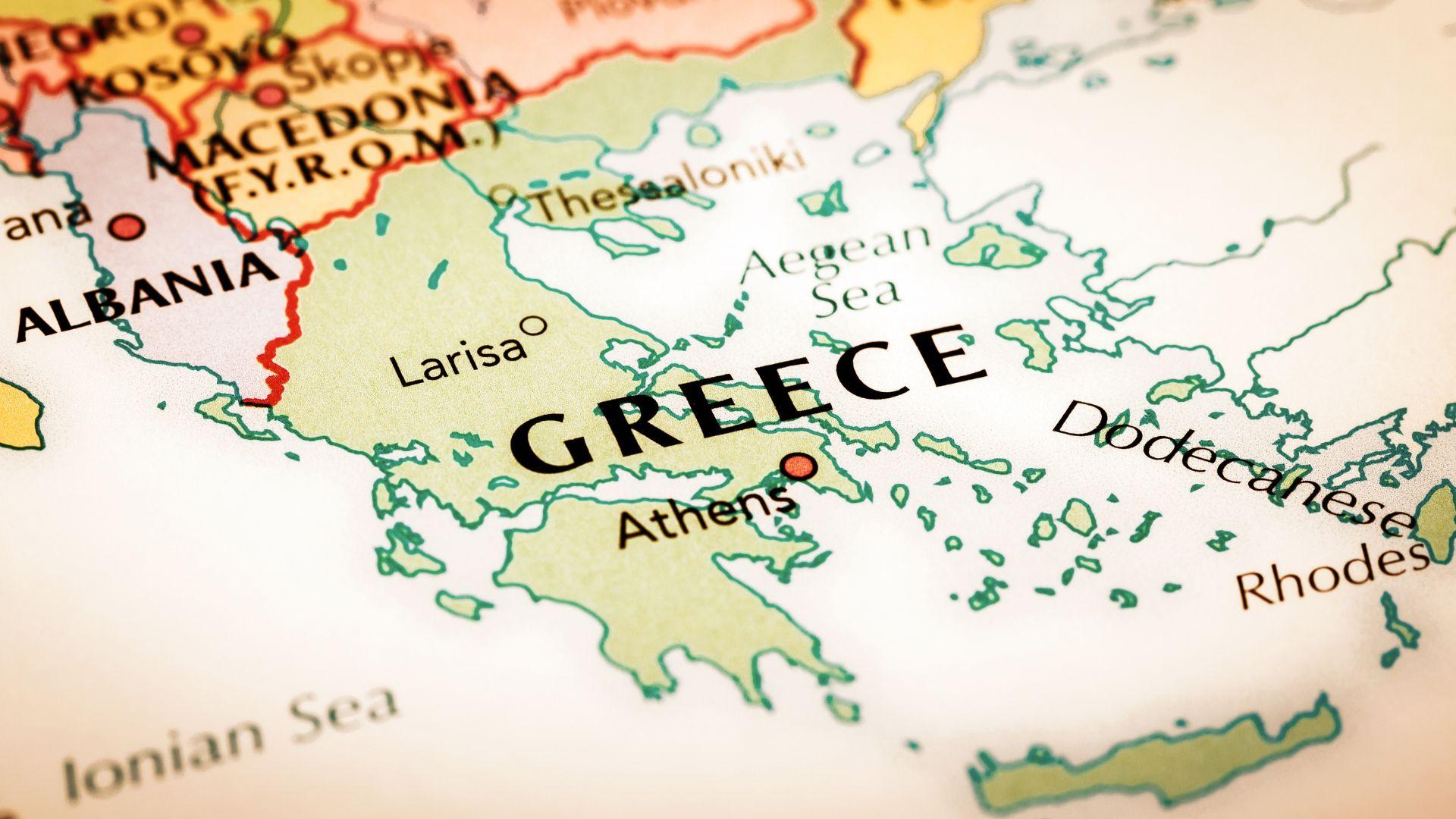
Patmos sits in the Aegean Sea, near the Southwest coast of Turkey. It’s one of the 12 major islands that make up the 12 Dodecanese Islands. About 160 miles from Athens, it was once an ideal place for the Romans to send exiles.
Though it’s a fairly small island far from mainland Greece, it’s become a site for religious pilgrimage for its Biblical significance.
Writing the Book of Revelation

In his isolation of Patmos, John wrote the Book of Revelation.
According to the Book, John received visions of the apocalypse, complete with the Four Horsemen of the Apocalypse, water turning to blood, and a Lake of Fire. Of course, the final vision ends with the Second Coming of Jesus.
Religious Pilgrimages
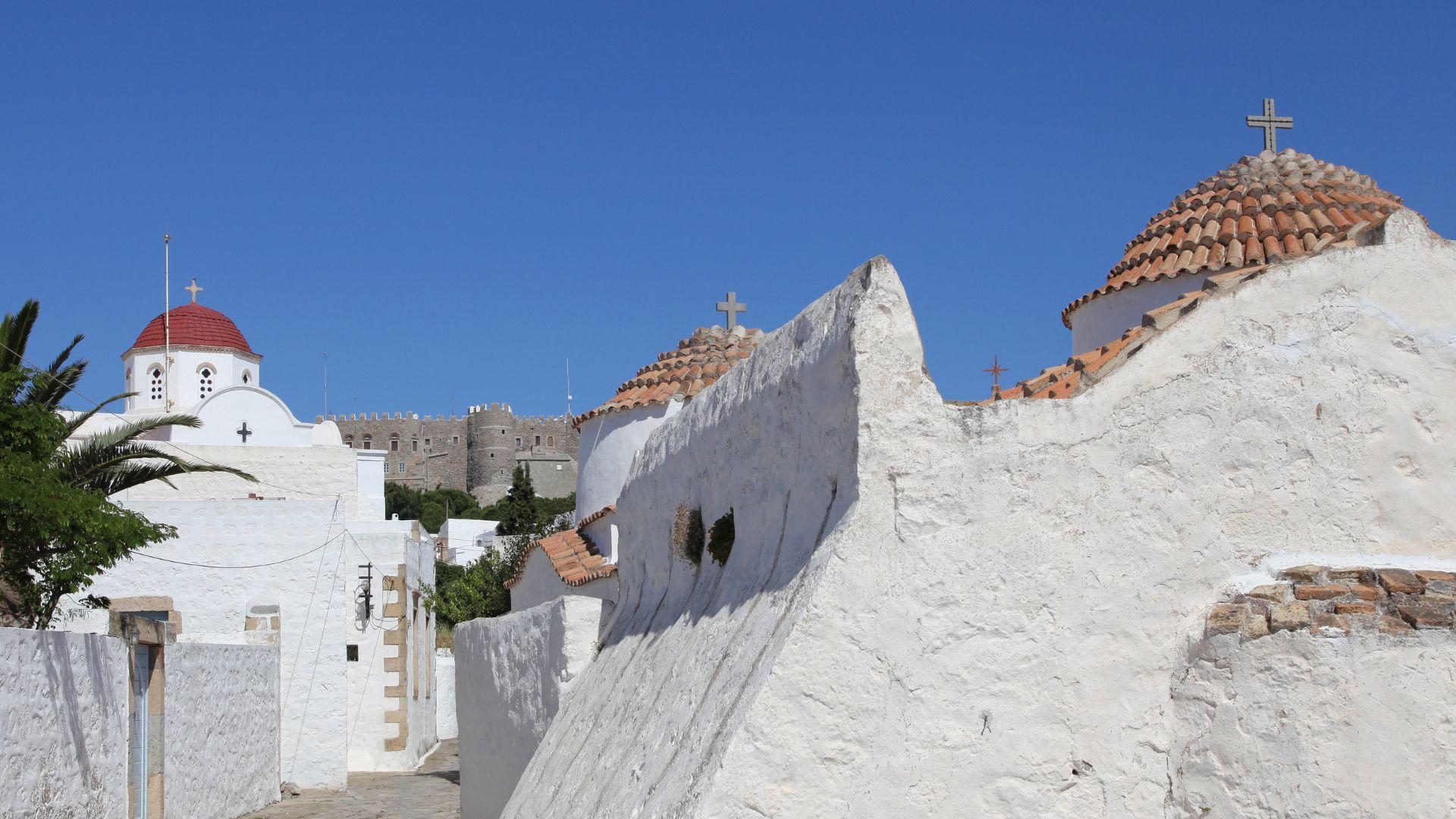
Patmos has long been a pilgrimage destination for Christians, who visit the island to walk in the footsteps of John the Apostle. The Cave of the Apocalypse and the Monastery of Saint John the Theologian are the island’s primary holy spots.
Religious festivals, particularly the Feast of Saint John in May, draw thousands of pilgrims each year.
The Cave of the Apocalypse
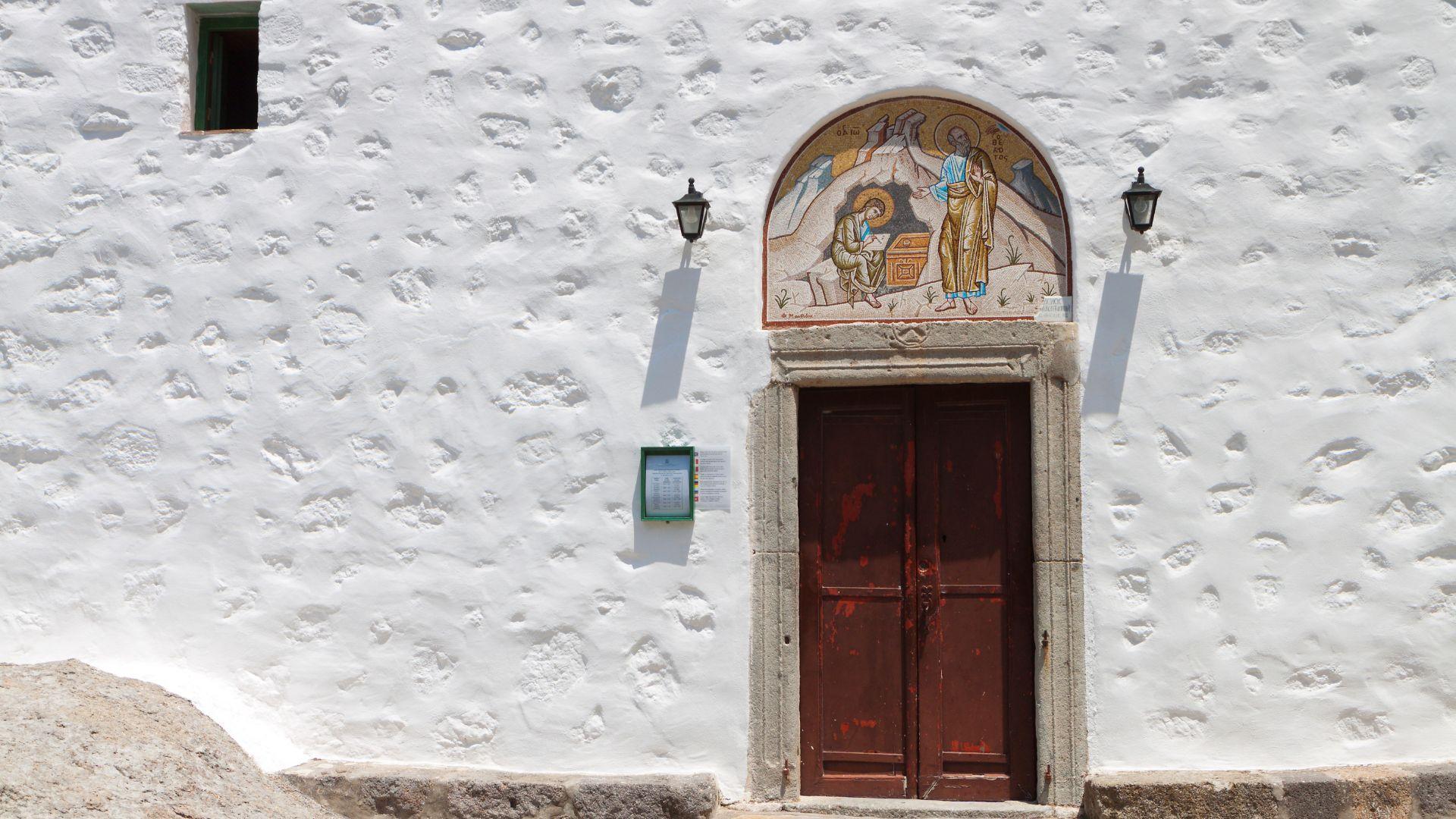
One of the island’s most important sites is the Cave of the Apocalypse, where John is believed to have received his visions and wrote the Book of Revelations.
Enter the candle-lit cave and you’ll find a small chapel inside with walls lined with paintings showing scenes from the end of the world.
Monastery of Saint John
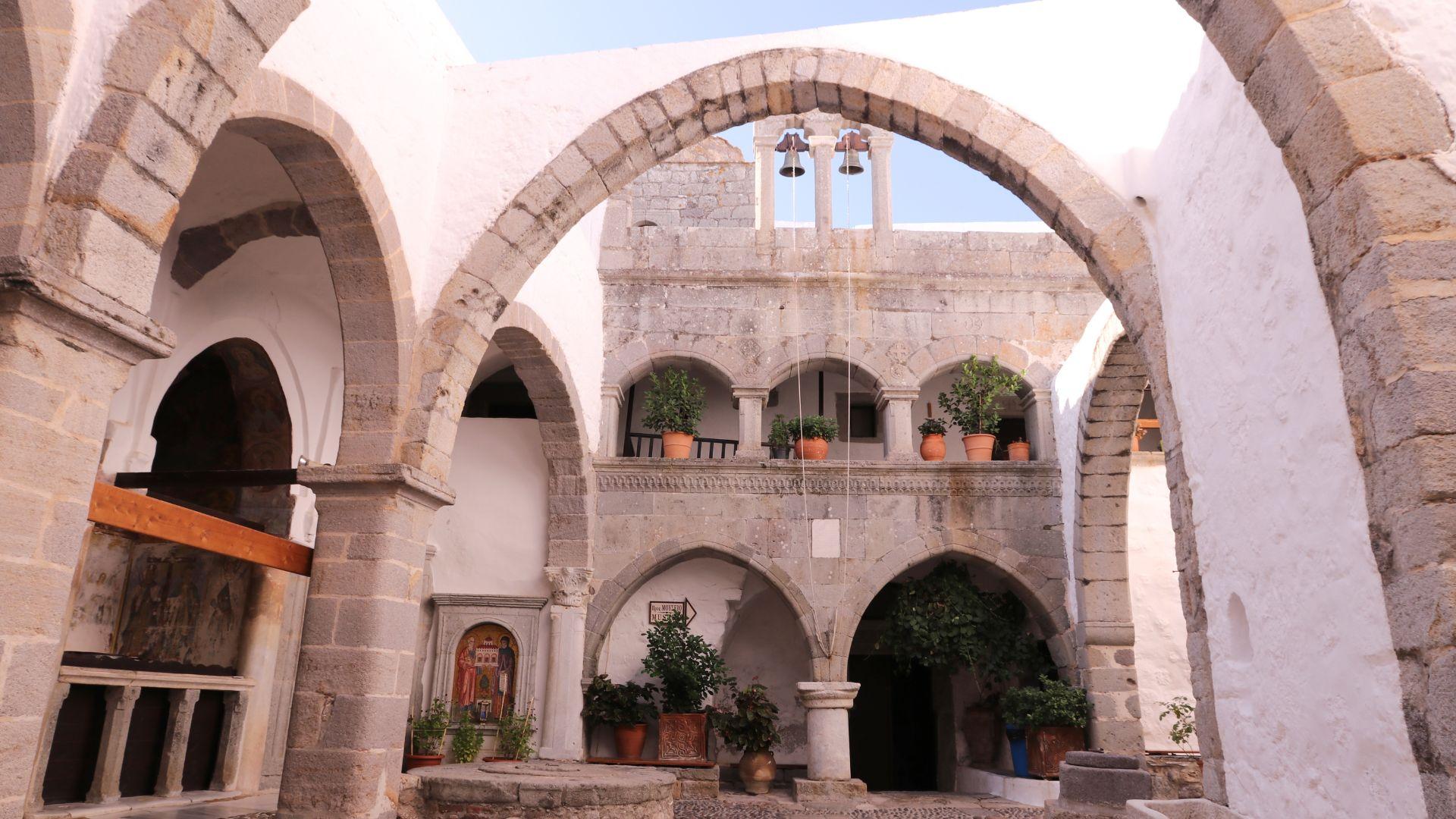
At the center of the island is one of the most recognizable landmarks – the Monastery of Saint John. To this day, the monastery to holds many of the same religious ceremonies that have remained unchanged since its founding in 1088.
To reach the monastery, you have to climb the steep pebble-covered pathway until you reach a series of archways. Inside, there are religious relics, a massive library, and a central courtyard complete with a well full of Holy Water.
Chora City Center
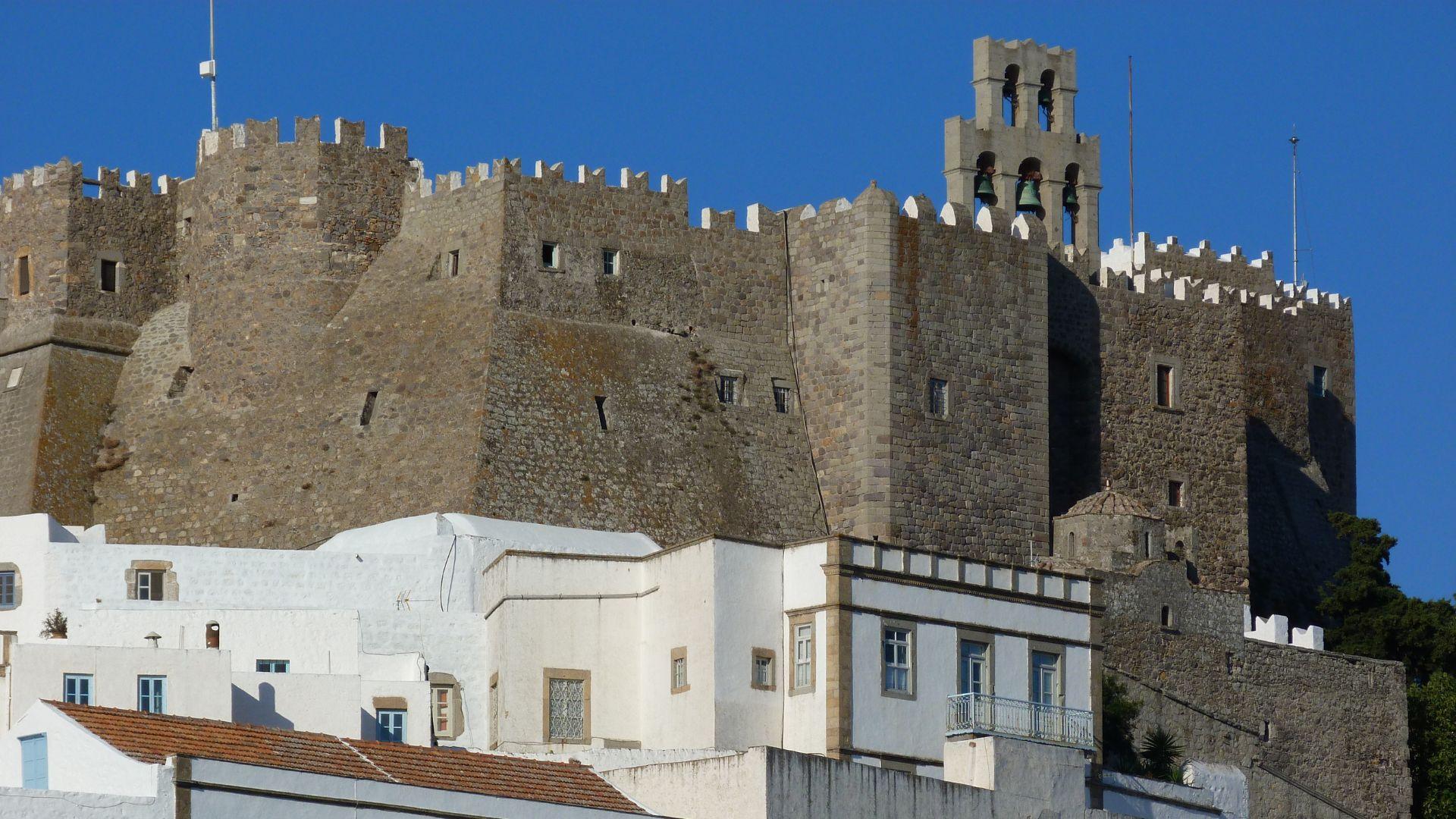
Chora, the main city in Patmos, is a UNESCO World Heritage Site. The town grew around the monastery, and its winding alleys are filled with historic churches, charming cafes, and shops selling religious icons and local crafts.
The village itself is fairly small and easily walkable. Venture outside the city center for warm beaches and challenging hiking trails.
Stunning Natural Beauty
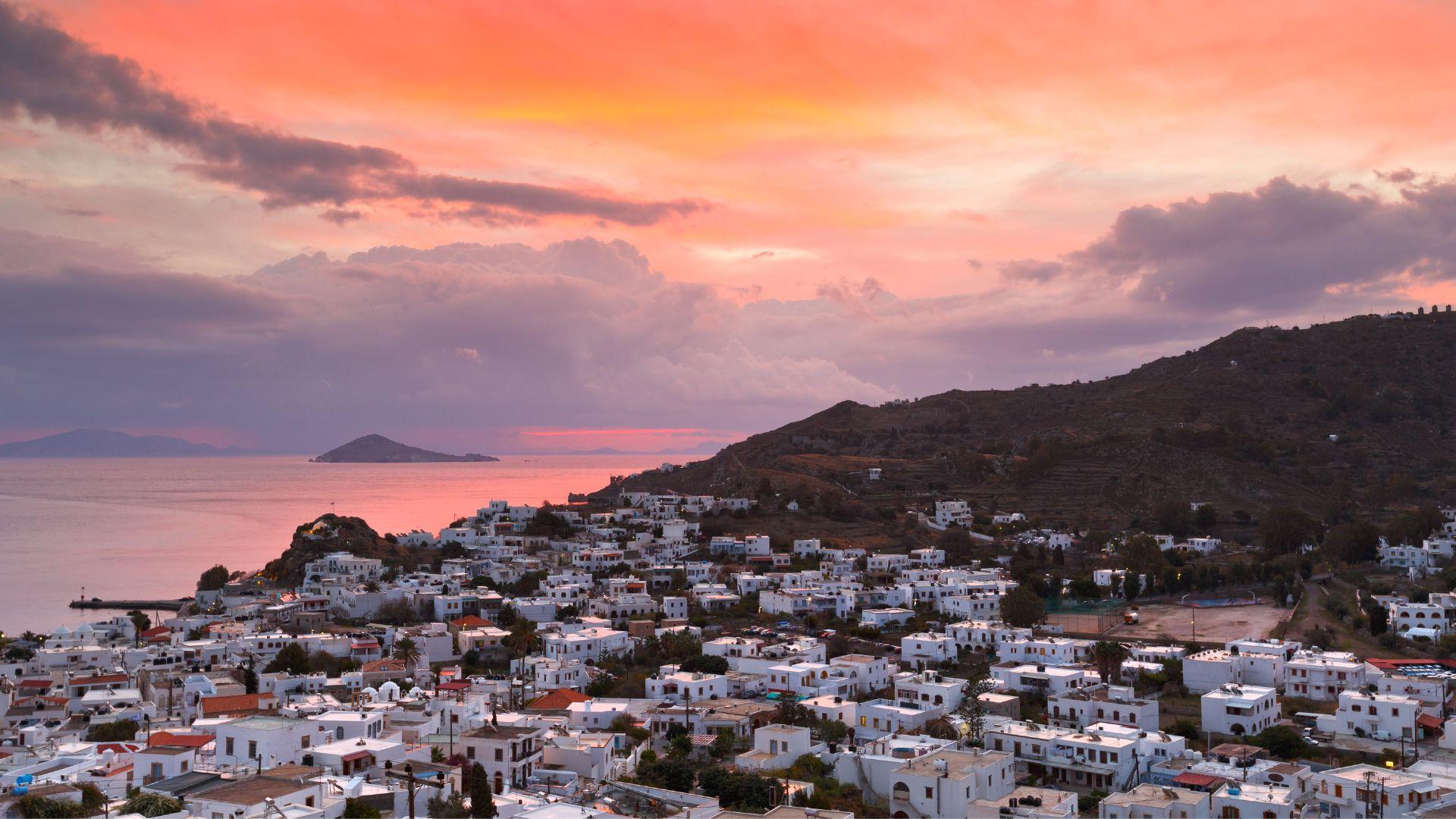
Speaking of hiking trails, Profitis Ilias is the island’s highest peak, with panoramic views of the Aegean Sea.
When it’s time to cool off, Petra Beach is a rocky yet peaceful beach just east of Chora. For a more traditional sand and surf beach trip, head to Agriolivado Beach.
Visiting Modern-Day Patmos
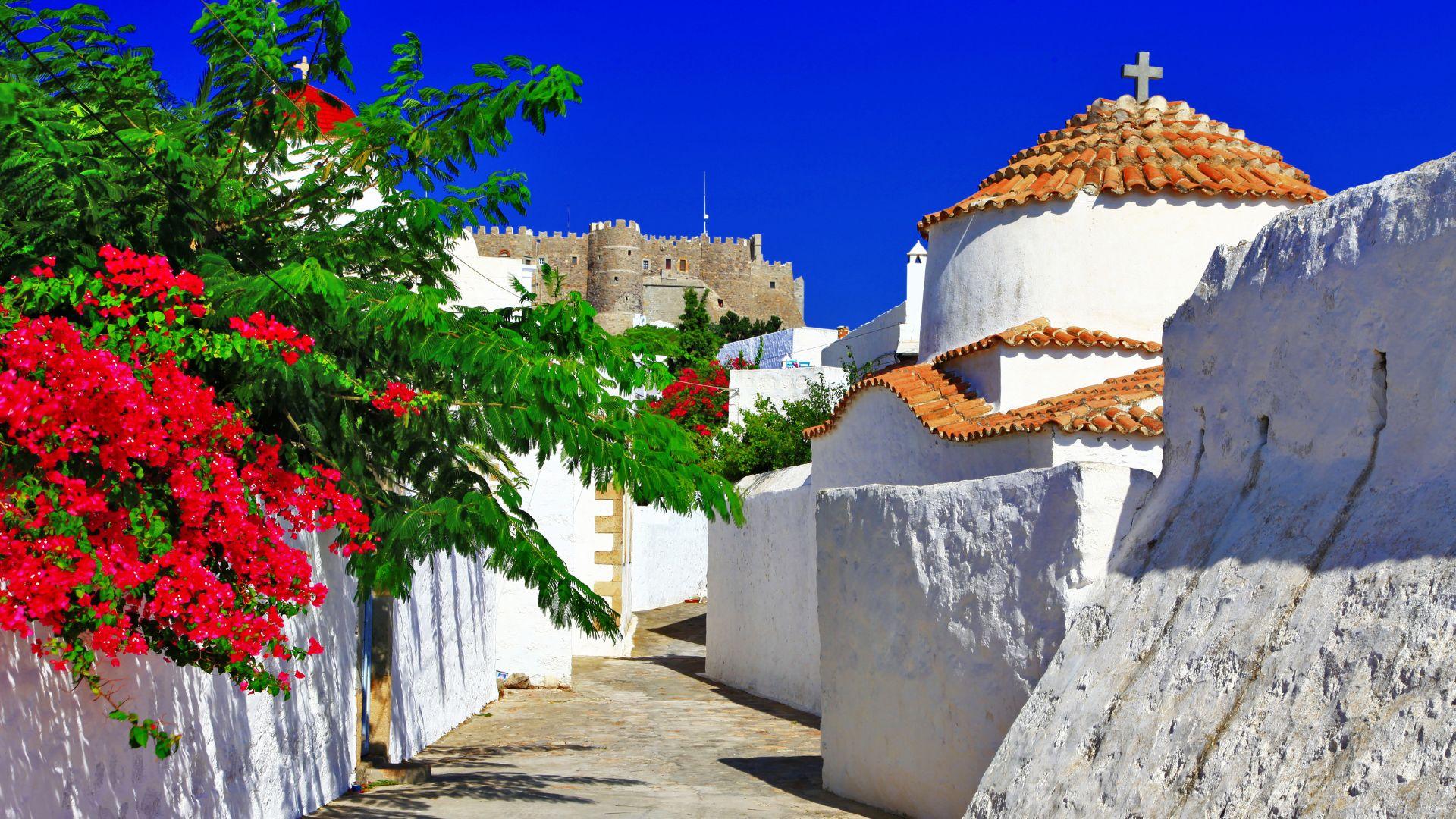
Today, Patmos is more than just a historical site. While the island welcomes tourism (as long as visitors are respectful of the religious sites), the general sentiment is to prevent mass tourism.
Christos Patakos, the owner of the island’s only 5-star hotel, told CNN, saying, “There’s a general feeling, especially among the regulars and those who own houses on Patmos, that the island must be ‘protected’ from mass tourism.”
How to Visit Patmos
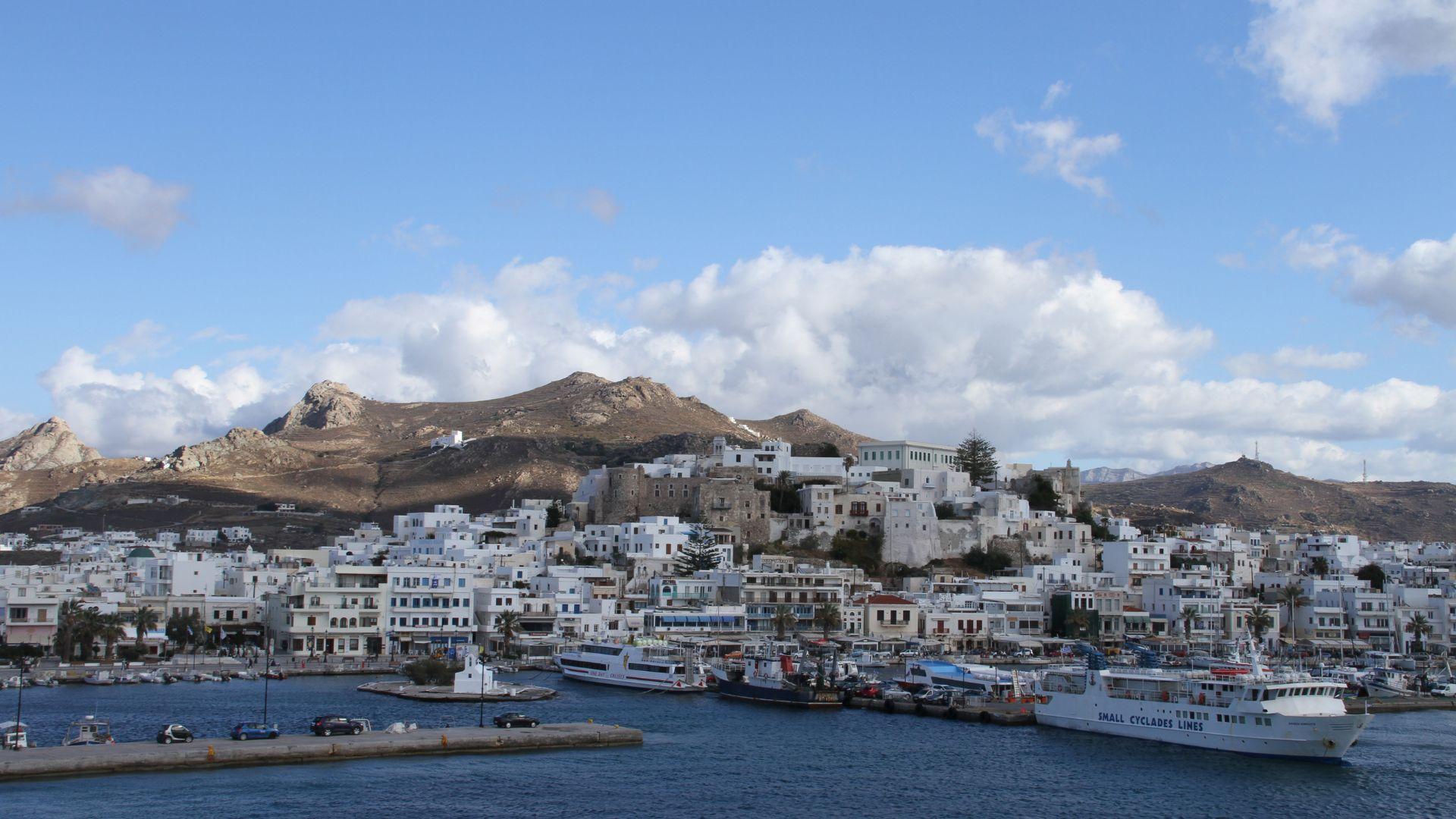
Reaching Patmos is no small feat. There’s no airport on the island, and the ferry takes several hours.
There is a direct Athens/Patmos ferry, but this takes 7-10 hours. Another option is to catch a flight from Athens to the island of Leros. From there, hop on a 2-hour-long ferry ride to Patmos.

